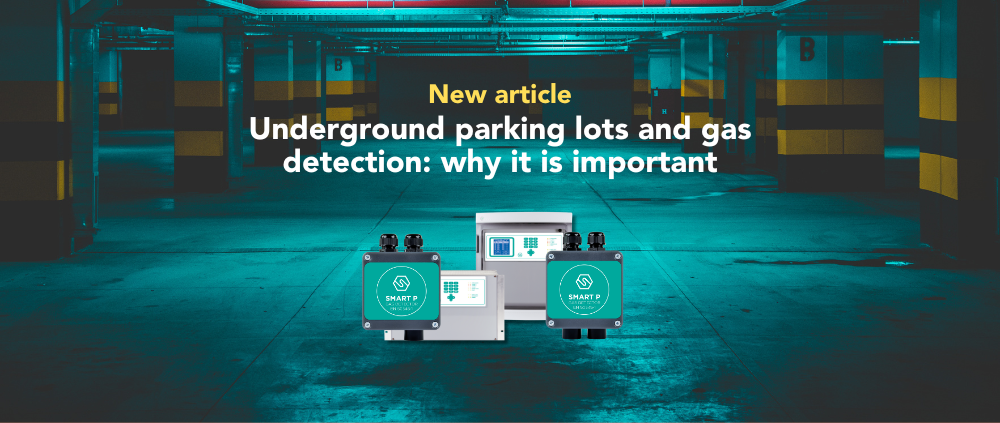Underground car parks present several significant safety challenges. One of the most critical aspects is air quality and, in particular, the detection of hazardous gases. The absence of natural ventilation and the high concentration of vehicles make these environments susceptible to the accumulation of harmful gases such as carbon monoxide (CO), nitrogen dioxide (NO2) and methane (CH4).
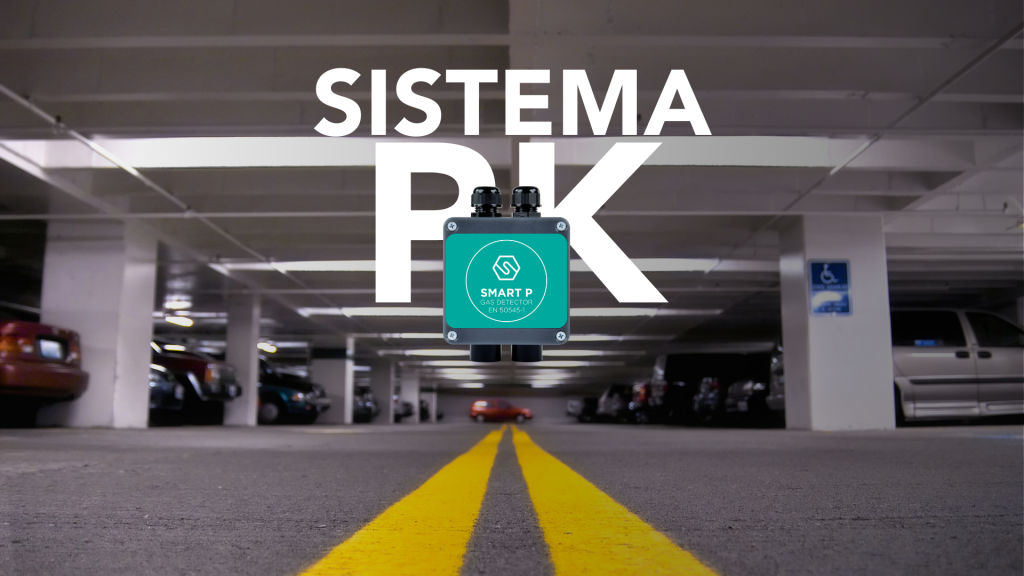
Underground car parks: which gases are detected and why
There are several dangers associated with the presence of gases in underground car parks:
- Carbon monoxide: CO is a colourless, odourless gas that comes from vehicle emissions. It is highly toxic as it impedes oxygen transport in the blood, causing headaches, dizziness, confusion, and potentially death at high levels.
- Nitrogen dioxide: Also derived from internal combustion engine emissions, NO2 can irritate the respiratory tract, cause inflammation, and worsen pre-existing conditions such as asthma. At high concentrations, it can lead to acute respiratory problems.
- Methane: CH4 is a flammable gas that can accumulate in enclosed areas, creating a risk of explosion. Although it is not directly toxic at low concentrations, its flammability makes it dangerous in underground environments.
- Carbon dioxide: While it is a natural gas and less toxic than CO, high concentrations of CO2 can cause respiratory problems and reduce air quality, leading to symptoms such as headaches and fatigue.


Technologies for gas detection in underground car parks
Several sensors can be used for gas detection in underground car parks:
- Electrochemical sensors: These sensors are ideal for detecting toxic gases such as carbon monoxide (CO) and nitrogen dioxide (NO2). They work through chemical reactions that produce an electric current proportional to the concentration of the target gas, offering high sensitivity and accuracy.
- Infrared (IR) sensors: Used to detect gases such as methane (CH4) and carbon dioxide (CO2), these sensors measure the absorption of infrared light by the gas. They are known for their long-term stability and accuracy, especially in environments with high gas concentrations.
- Catalytic sensors: These sensors are commonly used to detect flammable gases such as methane (CH4). They work based on the combustion of the gas on the surface of a catalyst, producing a temperature change that is measured to determine the gas concentration.
Discover our produtcs
For gas detection in underground car parks, our PK system is ideal:
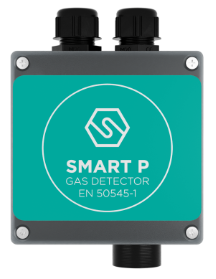
SMART P 1
Designed and built to meet the new European Standard EN50545-1 for gas detection in underground garages, the SMART P-1 detector provides an RS485 serial output and is an integral part of a Multiscan++PARK gas detection system to which it is to be connected.
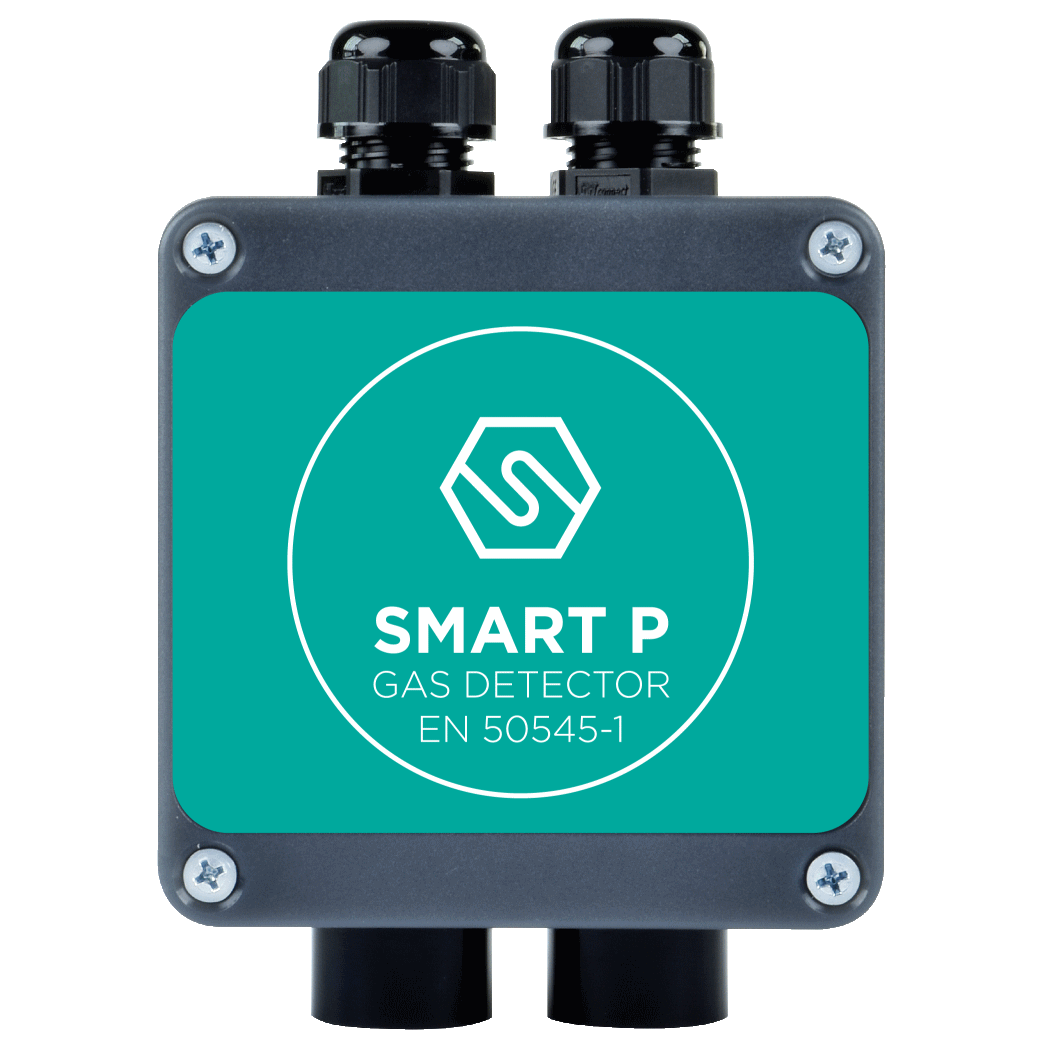
SMART 3G P 2
Designed and built to meet the new European Standard EN50545-1 for gas detection in underground garages, the Smart P-2 detector provides an RS485 serial output and is an integral part of a Multiscan++PARK gas detection system to which it is to be connected. The Smart P-2 allows simultaneous detection of CO and NO2 or petrol vapour
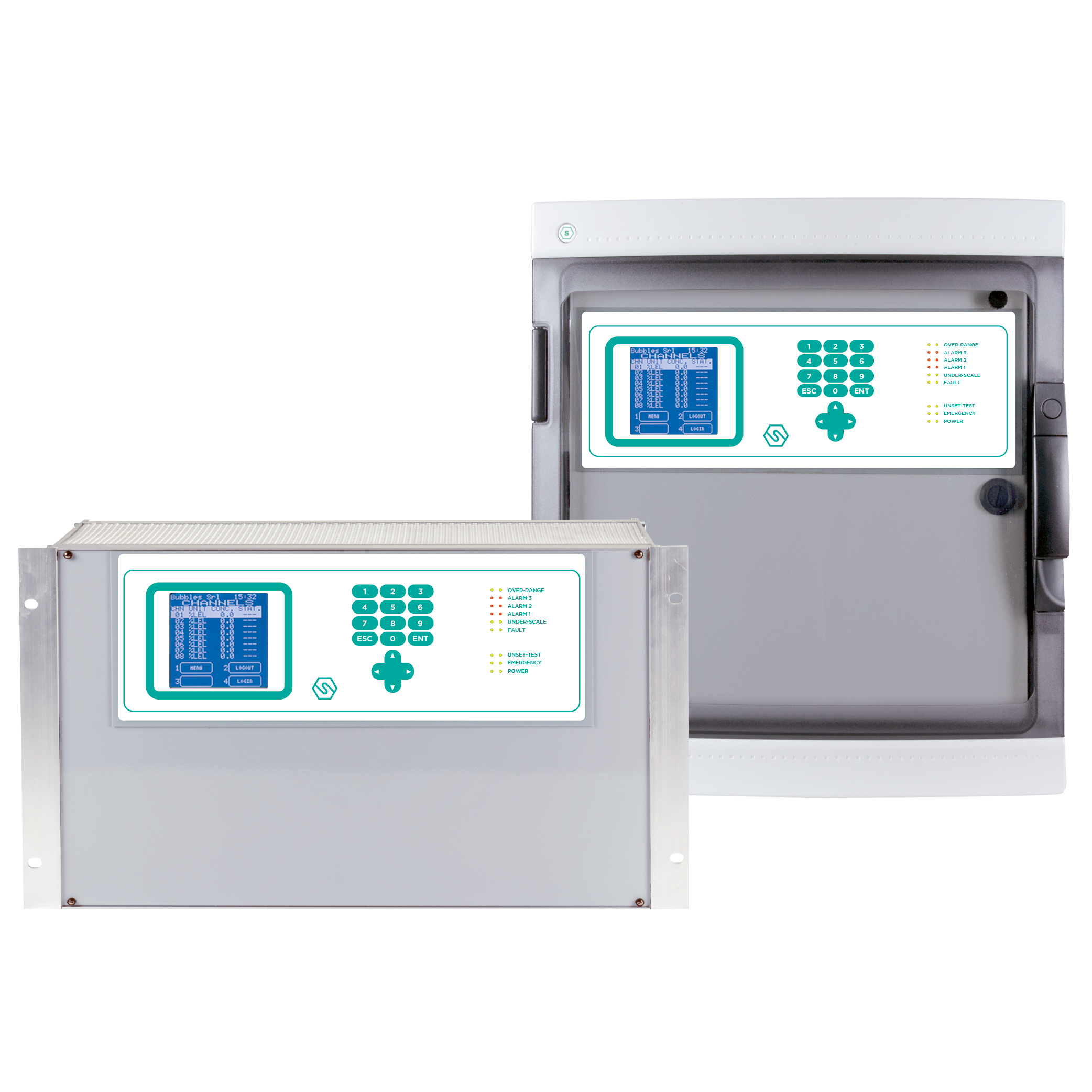
MULTISCAN ++ PK
The MULTISCAN++ PARK is an innovative control panel used to monitor and control up to 256 gas detectors. The architecture of this control panel is designed to meet the specifications of the new European standard EN50545-1 on gas detection in underground garages.
